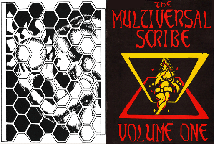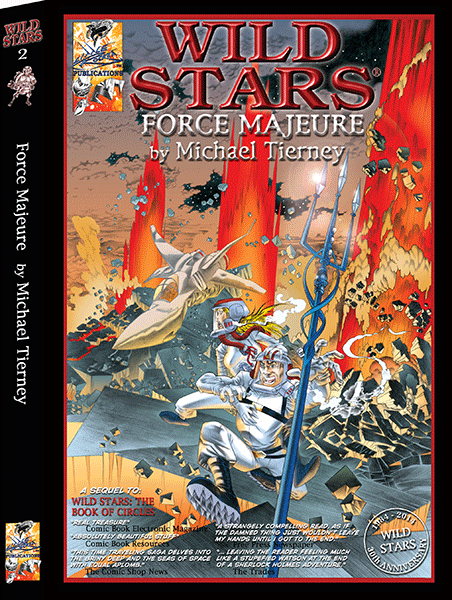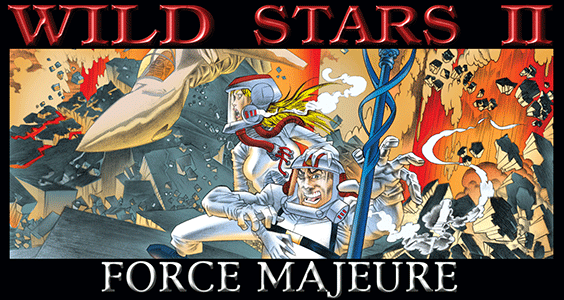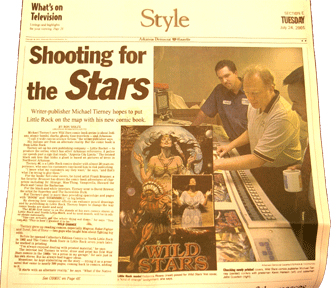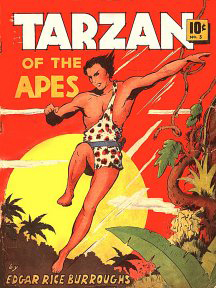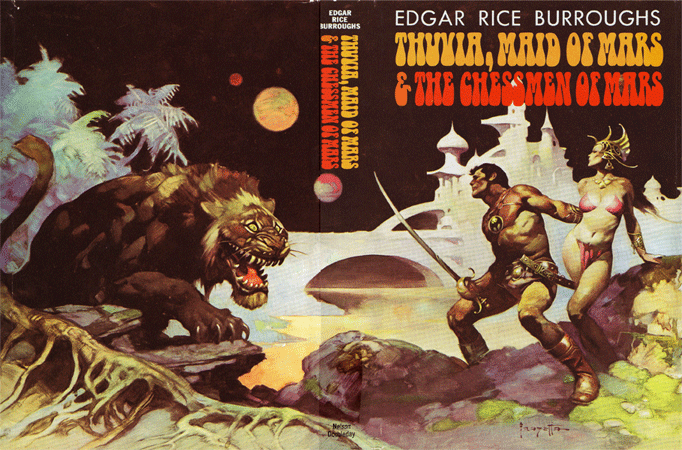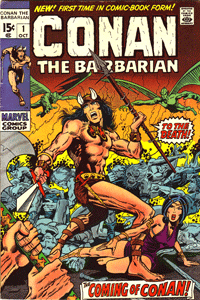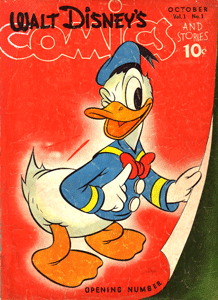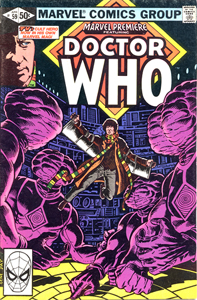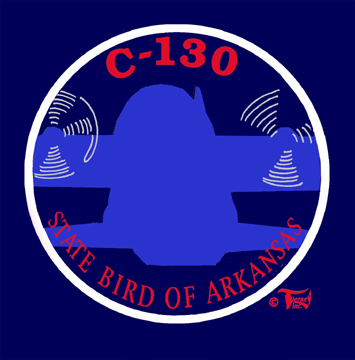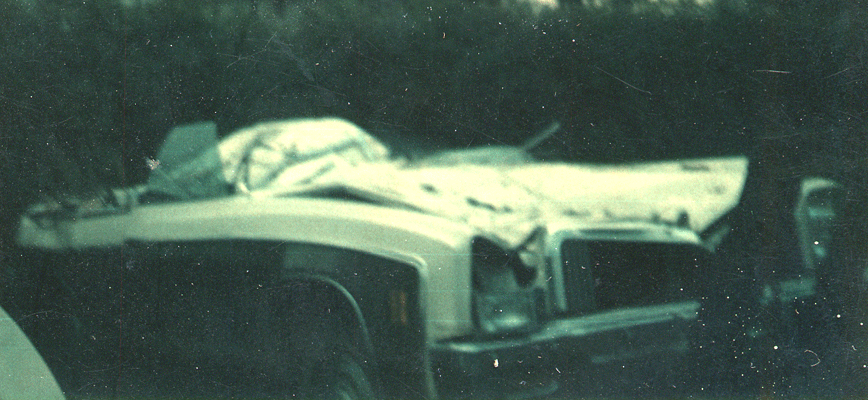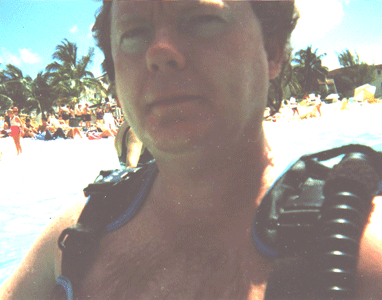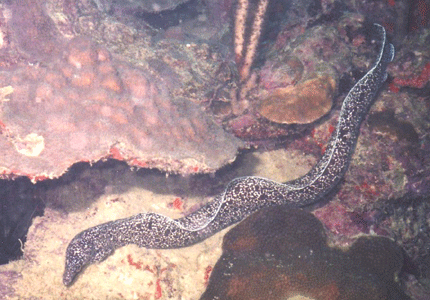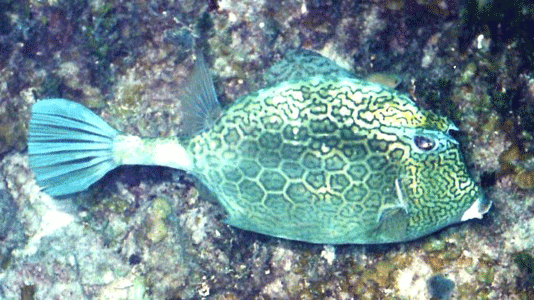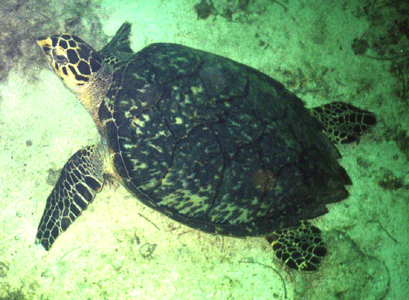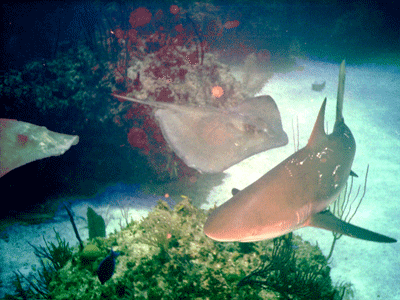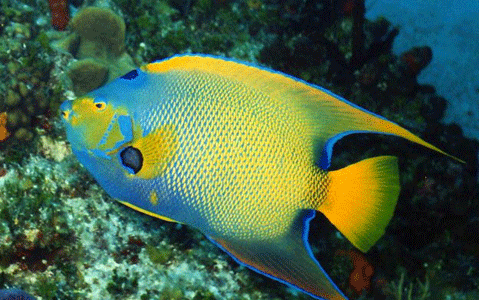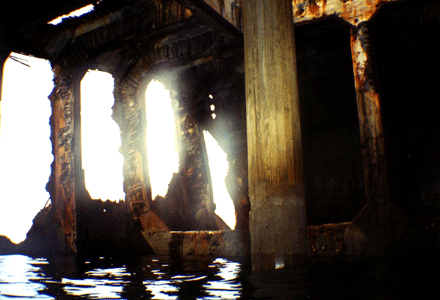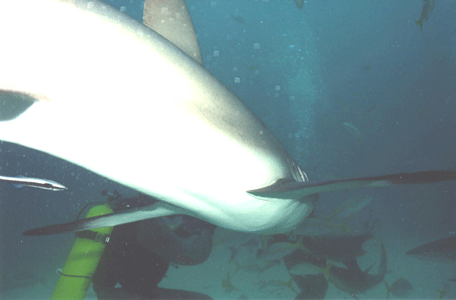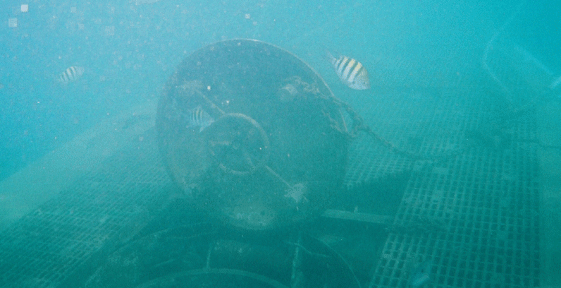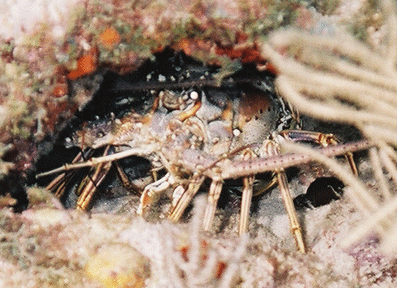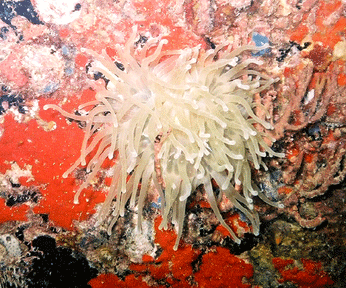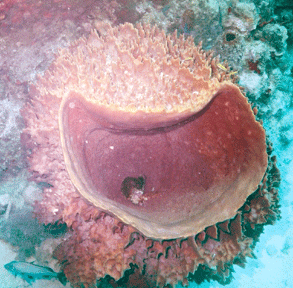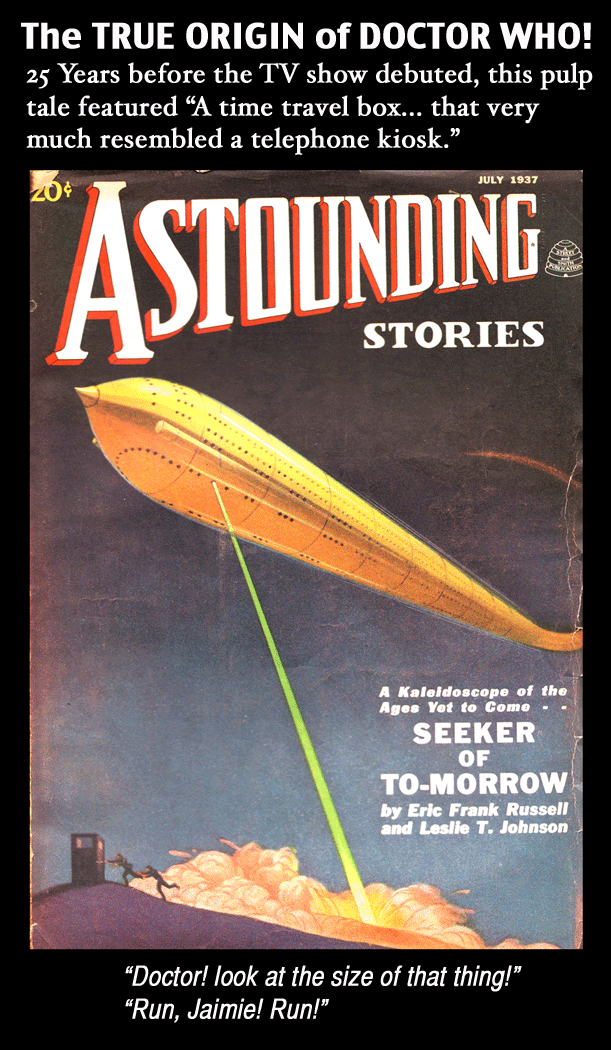
|
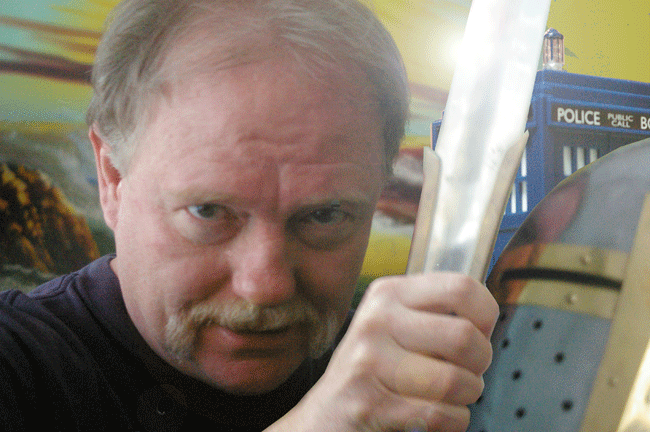
Doctor Who -- A Guide For New Viewers -- Part 2
by Michael Tierney
If you're a casual Doctor Who fan, the first quartet of Doctors are where you should start. When you're seriously interested, then you venture on with the Fifth through Eighth Doctors of the original series.
Dr. Who has always been equal parts of awesome and awful, but the late Seventies and the Eighties seemed to have more than their share of awful. The music and special effects kept trying to evolve with technological advances, with limited success. The Sixties soundtracks actually were more effective. There was none of the pulse pounding orchestra that audiences of the newer series have come to expect.
What started as a children's show would flirt with older audiences, during the course of which it more or less lost its sense of direction. And, for a show aimed at children, secondary characters in Doctor Who died faster than red-shirted security guards on a Star Trek 'away mission.'
The Doctor was protective of his companions who, for the most part, tended to be young and attractive women who were still in the ingenue stage. But, at the same time, he thought nothing of sending them into dangerous situations.
Fifth Doctor Peter Davidson (comic book version shown left) continued with Tom Baker's companions of Tegan Jovanka, a 'mouthy' stewardess from Australia, and Nyssa, who was a very underused character. Nyssa's father, Tremas had his body stolen by the Master in Tom Baker's "The Keeper of Traken" (February 1981). The name Tremas is a rearrangement of Master. At no point was any effort ever made to rescue Tremas, and Nyssa would eventually wander off to be a healer on "Terminus" (February 1983). The Master, played now by Anthony Ainley, would inhabit the body of Tremas throughout the original series run.
But the absolute worst of all the companions was Adric, a mathematical genius whose basic function was to always do something incredibly stupid -- and portrayed with zero skill by Matthew Waterhouse. He was also the first companion to be killed in "Earthshock" (March 1982), in the event which caused the extinction of the dinosaurs. Obviously I wasn't the only one who felt relief when Adric departed, because done very much in the spirit of Bambi vs. Godzilla is a 5th chapter on the DVD which shows Adric and the decapitated head of the Cyberman Leader surviving the crash of their spaceship into prehistoric Earth. And, with the swiftness of Bambi vs. Godzilla, Adric is immediately chomped by a T-Rex as the Cyber-Leader declares; "Excellent!"
Tegan eventually became fed up with the carnage after the particularly bloody "Resurrection of the Daleks" (February 1984), and simply walked away.
The shift towards older audiences really started during Davidson's run, as the Fifth Doctor was also the only one to have an evil companion. Turrlough was sent to kill the Doctor by the Black Guardian, who still wanted revenge because Tom Baker's Doctor denied him the Key to Time in Season Sixteen's yearlong story.
One of the best episodes of the original series is the 20th Anniversary Special, "The Five Doctors" (November 1983), which reunited all Five Doctors to date... sort of. Hartnell was replaced by a look alike and Tom Baker backed out at the last second. Thusly the Fourth Doctor was thrown into a Time Lock via footage from the uncompleted 1979 episode, "Shada." Even better was the parade of former companions. Don't watch this one out of order, because you can't fully appreciate it without knowing the history of all the guest stars.
Of all the Doctors, the Sixth played by Colin Baker (comic book version shown right) seemed to draw the shortest straw. His tenure saw changes in scheduling and format, plus many other attempts at innovation -- starting with a debut regeneration in the last episode of the prior season, which had worked well when introducing Peter Davidson. Unfortunately, this regeneration had him acting very un-Doctorlike, going as far as to strangle his companion, Peri (also shown right). Fans were left with the whole off season to wonder what kind of Doctor Baker really was.
Then there was Colin Baker's costume, best described as the Rainbow Doctor. Baker's first season was followed by a canceled season which was in turn followed by the season-long "Trial of a Timelord" (1986), where the Doctor was prosecuted by the Valeyard, his negative self from the future, who repeatedly showed viewers falsified scenes where the Doctor committed crimes.
The reign of the Sixth Doctor was doomed.
Fired in the off season, Colin Baker declined to appear in the traditional 'passing of the baton' regeneration sequence, so the Sixth Doctor also had the worst death of them all. He died from a fall off his exercise bike. The Tardis had just been attacked by the Rani, but... seriously? The death of the Sixth Doctor has to rank as the all-time worst death scene in television history! Or... was his companion Mel another assassin sent by the Black Guardian? She was the one who had been urging the Doctor to exercise more. More on her later.
Even worse for the Sixth Doctor was the handling of his companions. Peri Brown, played by Nicola Bryant, had originally been saved from drowning by the Fifth Doctor's companion, Mark Strickson's Turrlough, after her archaeologist stepfather had intentionally stranded her on a boat in the Mediterranean to keep her from running off with strangers to Africa. So instead she ran off with other strangers into time and space. After adventuring with two Doctors, Peri is shown at the start of the "The Trail of the Time Lord" with her shaven-headed body taken over by a brain invader, and then killed by a rampaging barbarian under the thrall of the Time Lords. It's later revealed that she actual survived and is shown coupled to that same barbarian, who stands grinning over her with a hand on her shoulder, while her eyes are down and away. And she's not smiling.
I wonder what would have happened to Peri's stepfather? He'd probably still be sitting in foreign jail, trying to explain how his America stepdaughter disappeared while traveling abroad in his care.
And worst of all was the handling of the Master and Gallifrey. In the conclusion to the Trial, Gallifrey is thrown into chaos as a result of the Doctor's neglect as an absentee President, while the Matrix which gives Gallifrey control over time and space became a battleground between the Master and the Valeyard, the Doctor's evil side from his 12th or 13th future incarnation. This plotline is never resolved.
Then there was the Sixth Doctor's next companion, Mel; the girl who never got an origin. Melanie Bush was played by Bonnie Langford as bubbly and feisty, but surprisingly prone to quick screaming for someone so plucky. Mel is introduced from the future where she's already the Doctor's companion, and left in the Seventh Doctor's "Dragonfire" (Nov-Dec 1987) episode, which hasn't yet been released on DVD as of this writing. So she's pretty much a cardboard character to me. On that same DVD is the origin story of the last companion from the original series, a time displaced 16 year-old waitress named Ace, who should have been named Pyro because of her penchant for pyrotechnics. Ace was played by Sophie Aldred with a quick-footed energy that worked well in her steadily increasing number of action scenes.
In "Remembrance of the Daleks" (October 1988), Sylvester McCoy (comic book version shown left) showed a darker side to the Doctor. Whereas in "Genesis of the Daleks" (March-April 1975), Tom Baker refused to connect two wires and destroy the room where the Daleks were being created, Sylvester McCoy programmed a weapon to destroy Skarros, the Dalek homeworld. To gain better control over time travel, the Daleks wanted the Hand of Omega, which the Doctor had left in a storage locker way back in the very first episode in 1963. But it's a trap by the Doctor who, like all Doctor Whos, offers the Daleks a last chance before destruction by their own hand.
McCoy was also the most religious of the Doctors. When facing an ancient evil in "The Curse of Fenric" (Oct-Nov 1989), the Doctor speaks a prayer that sends a horde of monsters into retreat. The audience hears only a steady high note as the Doctor's moving lips tap into the power of faith.
In "Survival" (Nov-Dec 1989), the final episode of the original series, the Master is back and in trouble, now marooned on a planet of the cheetah-people. So one would have to assume that the Valeyard won control over the Matrix and, as a result, control over Gallifrey and all of time and space.
It was seven years before the first attempt to revive the series came in 1998, with Paul McGann as the Eighth Doctor. McGann lasted for just one TV movie, but this episode was more than just a blip on the radar. It marked the movement from the theater-stage production style of the preceding decades into more modern film techniques.
Even more important than Sylvester McCoy's reprising of his role to pass on the title was the revelation that the Doctor is half human -- on his mother's side! And, for the first time, the Doctor repeatedly full-on lip kisses the young woman he wants to be his companion, bringing his relationship cycle with his young female companions once again full circle. Susan had called Hartnell "Grandfather" and Tom Baker appeared romantic with Romana (in real life the actors married). Most recently, McCoy's relationship with Ace had once again been grandfatherly in nature.
Through the onboard Eye of Harmony, the Master is 'eaten' by the Tardis in a scene which might have inspired how the American TV series "Lost" explained that island's magical abilities. Newer series viewers know that the Master would later be found at the very end of human history.
The New Millennium episodes thus far have gone through a trio of new Doctors with no mention ever being made again about the Gallifreyan Matrix. Only once is Gallifrey shown as lost and crumbling behind a Time Lock, which resulted from the never shown Time War. But the Valeyard may have had his origin as the Dream Lord in "Amy's Choice" (May 2010), with Matt Smith (comic book photo cover shown right) as the 11th Doctor. In this episode the Doctor's evil side first manifests itself as an individual entity. I see a future storyline developing (next year will be the 50th Anniversary year). What if the (May 2011) "The Rebel Flesh" duplicate of the Doctor were somehow reanimated by the Dream Lord?
To sum the original Doctor Who into 9 lines:William Hartnell defined the Doctor.
Patrick Trouton was the lost Doctor.
Pertwee was the flamboyant Doctor.
Tom Baker WAS the Doctor.
Peter Davidson was the quiet Doctor.
Colin Baker was the doomed Doctor.
Sylvester McCoy was the dark Doctor.
Paul McGann was the kissing Doctor.
Peter Cushing was the alternate reality Doctor.
Peter Cushing was the Doctor from another relative dimension in two feature films, "Dr. Who and the Daleks" (1965) and the "Dalek's Invasion Earth 2150 A.D." (1966). These are not part of the original Doctor's continuity, being theatrical interpretations of episodes from the TV series. They are also the only DVDs that I had to purchase. All of the other episodes were viewed over a one year period through Netflix.
By the end of this year all of the DVDs from the original series that are going to be released will be done. Any future release of lost episodes will probably include a lot of reconstructed chapters.
Time will tell. Relative dimensions in space might have something to do with it, too.
The Doctor Who comics shown above, and more, are available for sale at Collector's Edition and The Comic Book Store.Michael Tierney
March 28th, 2012
This book is real and unaltered. The top quote is from the text.
The bottom quotes are some of the most common from the era of the Second Doctor, Patrick Trouton.
It was a runing gag that Jaimie, a medieval Highlander whom Doctor had saved,
would start each new adventure with a brogue variation of:
"Doctor! Would you look at the size of that thing."
At some point soon after, they were running for their lives.
All of the Doctors often advised; "Run! Run!"
The bottom quotes are some of the most common from the era of the Second Doctor, Patrick Trouton.
It was a runing gag that Jaimie, a medieval Highlander whom Doctor had saved,
would start each new adventure with a brogue variation of:
"Doctor! Would you look at the size of that thing."
At some point soon after, they were running for their lives.
All of the Doctors often advised; "Run! Run!"
For more visual fun, visit the cartoon page.
© 2011 by Michael Tierney.
Wild Stars is a Trademark TM of Michael Tierney
Little Rocket Publications is a Trademark TM of Tierney Incorporated

